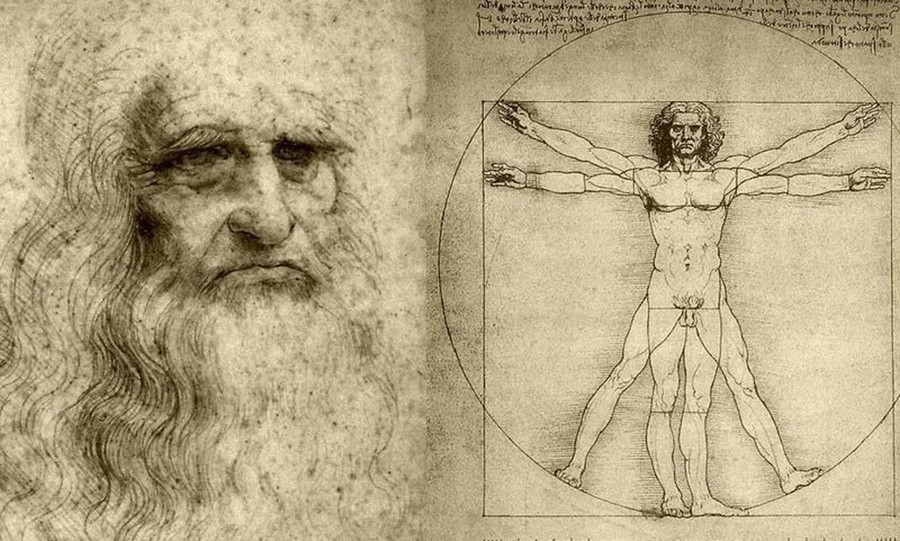Have you ever wondered about the ancient civilizations that existed long before our time? The ones that have left their mark on history, but whose stories have been lost to the sands of time? Well, prepare to be amazed, as experts have recently made an incredible discovery in Iraq that could shed light on a long-lost civilization.
They have unearthed a 4,500-year-old palace that has been hidden for centuries, and it could hold the key to unlocking a fascinating chapter of human history. Join us as we delve into the secrets of this incredible archaeological find, and explore the tantalizing possibilities of what we may learn about the past from this amazing discovery.
The director of the British Museum called it one of the most fascinating sites he has ever visited. However, the archaeologist who led the discovery of a lost Sumerian temple in the ancient city of Girsu said he was accused of making it up and wasting funding. This is despite the fact that the director of the British Museum called it one of the most fascinating sites he has ever visited.
Dr. Sebastien Rey was the leader of the team that led to the discovery of the palace in modern-day Iraq that dates back 4,500 years and is considered to hold the key to additional knowledge about one of the earliest known civilizations.
During research that took place in 2017, British and Iraqi archaeologists found what is now known as the Lord House of the Kings of the ancient Sumerian city Girsu, which is today situated near Tello, in the southern region of Iraq. More than two hundred cuneiform tablets were unearthed nearby the old city. These tablets included administrative records of the ancient city and were written in cuneiform.
According to what Rey has claimed, when he first presented the idea of the initiative at international conferences, nobody believed him. He shared his thoughts by stating, Everyone essentially told him that you're making it up and wasting your time as well as spending British Museum UK government cash.
Ancient Sumerians established Girsu, one of the first known cities in the history of humans. Between 3,500 and 2,000 BC, the ancient Sumerians developed writing, built the first towns, and wrote the first codes of law. Girsu is one of the earliest known cities in the history of humankind. The old city was found for the very first time 140 years ago, but ever since then, the location has been subject to plundering as well as illicit excavations.
The Girsu Project is an archaeological partnership that was initiated in 2015 and is being headed by the British Museum. The Getty Museum in Los Angeles, California, is providing funding for the project.
The major temple that was devoted to the Sumerian deity Ninirsu was also found, and its discovery occurred at the same time as that of the palace and the tablets. Until these ground-breaking fieldwork efforts, the sole evidence of its existence was found on ancient inscriptions that were uncovered concurrently with the first successful excavation of the ancient city.
As a direct reaction to the destruction of significant historic sites in Iraq and Syria at the hands of Islamic State, this effort is modeled after a similar initiative that was first supported by the British government. Throughout the course of its history, Girsu has provided training to more than seventy Iraqis, who have gone on to complete eight field seasons.
Since their discovery the previous year, the initial mud brick walls of the palace have been kept at the Iraq Museum in Baghdad.
The Sumerians were an ancient people who lived in the area of Mesopotamia that is now known as the eastern Mediterranean. They were responsible for several scientific accomplishments, such as the development of writing and the measurement of time.
The location of the ancient city in southern Iraq was described as one of the most intriguing locations he had ever seen by Hartwig Fischer, the director of the British Museum.
He said that the partnership between the British Museum, the state board of antiquities and heritage of Iraq, and the Getty offers an important new manner of constructing worldwide cooperative cultural heritage initiatives.
They are thrilled that the recent discoveries that are the result of this collaboration can be celebrated during today's visit, and they look forward to continuing the long-term commitment of the British Museum to the preservation of the cultural heritage of Iraq, the support of innovative research, and the education of the next generation of Iraqi archaeologists at Girsu.






